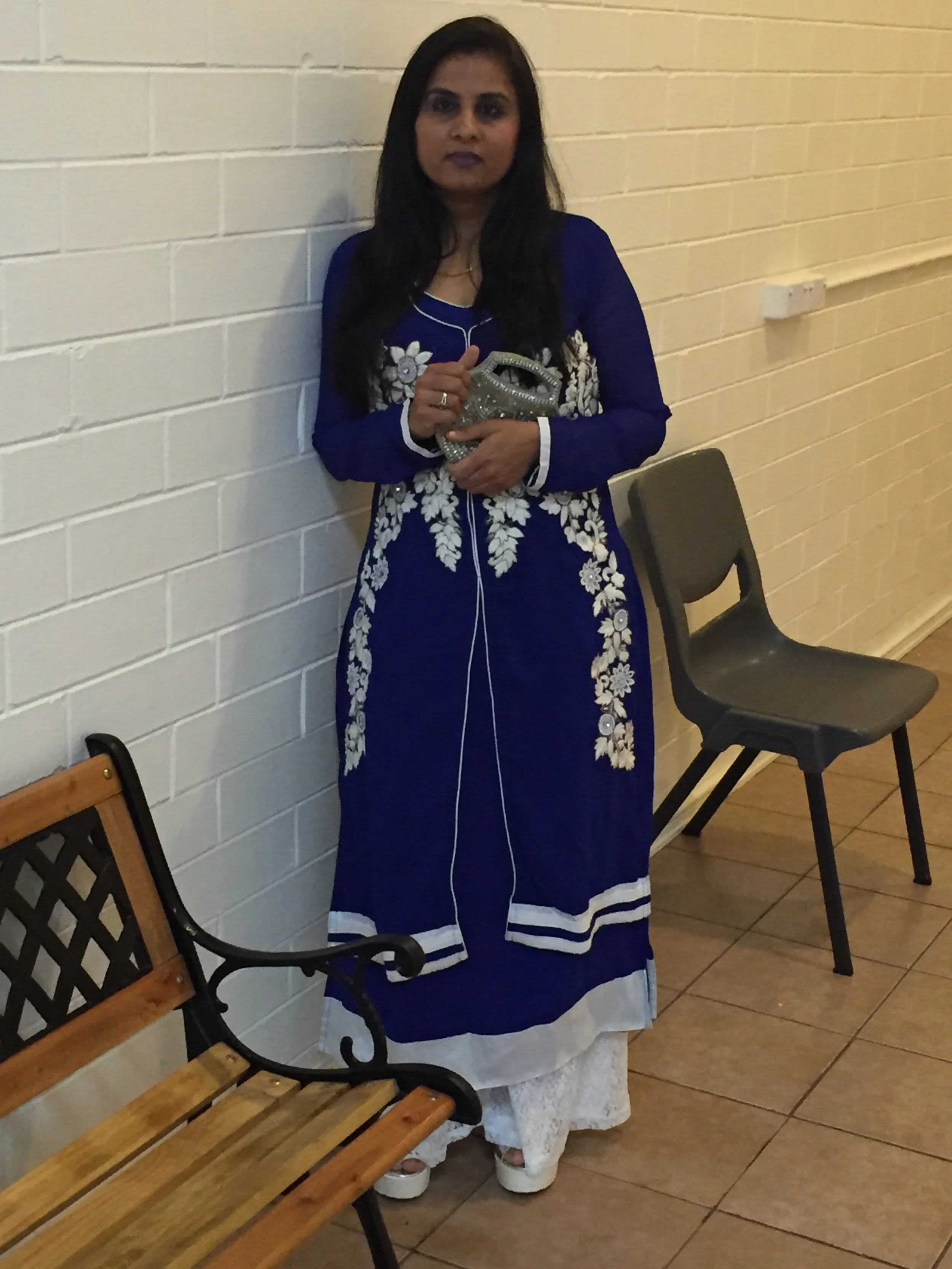Begin your career in health care
From infertility to infectious diseases, allergies to angiomatosis, pathology is vital to health care.
What is pathology?
Pathology is a medical specialty focused on examining the nature, origin and course of diseases. Used in areas ranging from diagnostics and the management of chronic illness to research and development, pathology forms the basis of health care.
Who works in pathology?
Australia’s pathology workforce is diverse, consisting of roughly 24,000 individuals involved in the collection, processing and reporting of an estimated 500 million pathology tests every year.
Collectors take specimens like wound swabs or blood from a vein, and are often the only pathology staff who get to interact with patients. Mobile collectors visit patients at home to collect pathology specimens.
Couriers are specially trained to transport and deliver pathology specimens, results and materials.
Lab assistants and technicians work with specimens in a laboratory environment, handling, processing and splitting specimens for testing.
Pathologists are medical doctors with at least 13 years of training.
What’s the difference between a pathology collector and a phlebotomist?
The terms pathology collector and phlebotomist are often used interchangeably, however:
Pathology collection work might involve biological samples other than blood, such as urine or saliva
Phlebotomy work typically involves blood collection only
Is a career in pathology collection for you?
Pathology collectors (also known as phlebotomists) are health care professionals who work as part of larger medical teams in collection centres, hospitals, doctors’ offices, and diagnostic laboratories. The care and attention taken by phlebotomists during sample collection is a critical part of patient care. With an ageing population and the accessibility of new diagnostic methods, doctors and hospitals need pathology collectors and phlebotomists to obtain samples and arrange testing of blood and tissue products.
A good phlebotomist can make all the difference in a patient’s health care journey.
14.4%
Projected job growth in 5 years (SEEK)
5/5
Strong job growth: Employment of pathology collectors and phlebotomists is projected to grow much faster than the average for all occupations (Career HQ)
41%
Full-time share: Full-time workers usually work 35 hours or more a week (Labour Market Insights)
How to get a pathology collector job
The HLT37215 Certificate III in Pathology Collection includes a guaranteed 35 hours of clinical work placement with one of our partner pathology providers. We encourage students to treat their time in the workplace as an extended job interview, as employers often hire directly from the pool of students on placement in their clinics.
Australia’s pathology industry is dominated by a handful of companies. Providers often use strategic partnerships with training providers like LTT as their primary means of recruitment. However, some jobs are occasionally advertised to the public - click here to view available pathology jobs listed on SEEK.
IS A CAREER IN PATHOLOGY COLLECTION FOR YOU?
Pathology collectors (also known as phlebotomists) are health care professionals who work as part of larger medical teams in collection centres, hospitals, doctors’ offices, and diagnostic laboratories. The care and attention taken by phlebotomists during sample collection is a critical part of patient care. With an ageing population and the accessibility of new diagnostic methods, doctors and hospitals need pathology collectors and phlebotomists to obtain samples and arrange testing of blood and tissue products.
✔ I’m interested in health care
✔ I want to learn how to take blood
✔ I want to practice alongside a phlebotomist in a clinical workplace
✔ I want to earn a nationally recognised qualification
A good phlebotomist can make all the difference in a patient’s health care journey.

































